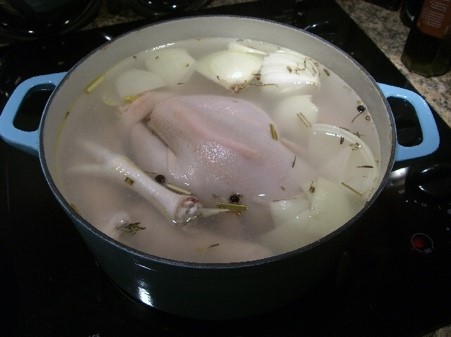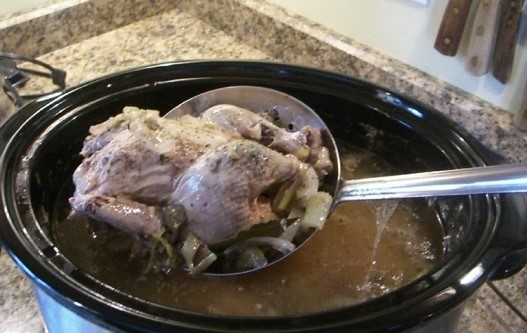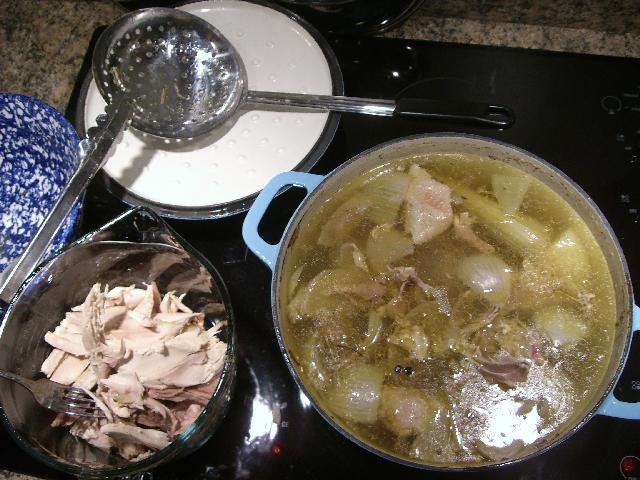Healthy Sun Solution with a Sun Lamp
Here in this video you can see my “electronic sun”. This easy-to-use vitamin D lamp has specialized UVB emitting bulbs intended to emulate natural sun. For most of us, brief sessions with such a lamp may improve our vitamin D status and general health. Making time in your busy life can be a challenge, however. Check out my own solution in the video to see how I fit this practice into my own schedule.
Read on to learn more about vitamin D and the advantages of the lamp.
Vitamin D
Deficiency of vitamin D is not only terrible for bone health, it increases your risk of almost any disease and lowers your life expectancy. Low D levels are epidemic these days. It is common in every age group, and especially common among dark-skinned people. This is because the natural way to “get” vitamin D is to make it with your own skin, when the sun shines. The sun’s ultraviolet B (UVB) rays interact with cholesterol (7-DHC) in the skin to make precursors that your body can convert to vitamin D. Skin pigment blocks UV penetration, protecting skin from UV damage, but limiting vitamin D production. Other factors that limit D production in skin include aging and sunscreen use. The strength of the sun is also a factor, varying by time of day and season, and lower at higher latitudes.
Sunlight – We Need It.
Correcting vitamin D deficiency is an important aspect of health and healing. Vitamin D deficiency is associated with insulin disorders, autoimmune disorders, cancer, and even risk of infectious disease. Many experts recommend routine oral supplementation. But there is some evidence of short-comings and side effects to this approach that we still do not understand well.
For those with inefficient vitamin D absorption, oral supplements do not correct the deficiency. For others who do absorb oral vitamin D, there are still drawbacks. Some suspect that daily consumption of D3 may encourage excessive absorption of calcium from the intestinal tract or movement of calcium out of the bones, which can create other problems. To minimize these issues, it seems better to take D periodically in large doses, not in daily small doses. But not everyone can tolerate pills and supplements at all: such people especially need to generate vitamin D naturally from UVB rays (sunshine or sunlamp).
Practical Sun Exposure with a Lamp
Given the limitations of oral supplements, making the most of your skin’s ability to produce vitamin D is a good idea. But modern life makes it impractical to get regular sun exposure, even in the summer months. And UV radiation is insufficient in the northern U.S. during the winter months, November through February. Many other variables influence how much UV light your body needs to make adequate vitamin D.
For pale skinned folks five minutes a few days a week might be enough. The darker your skin the longer the exposure needed. You can’t necessarily force your skin to make a lot of vitamin D from UVB, however. There are biological limits. So keep in mind that more time in the sun or under the lamp may not be better for you. Remember to have you doctor measure your vitamin D levels with blood testing.


